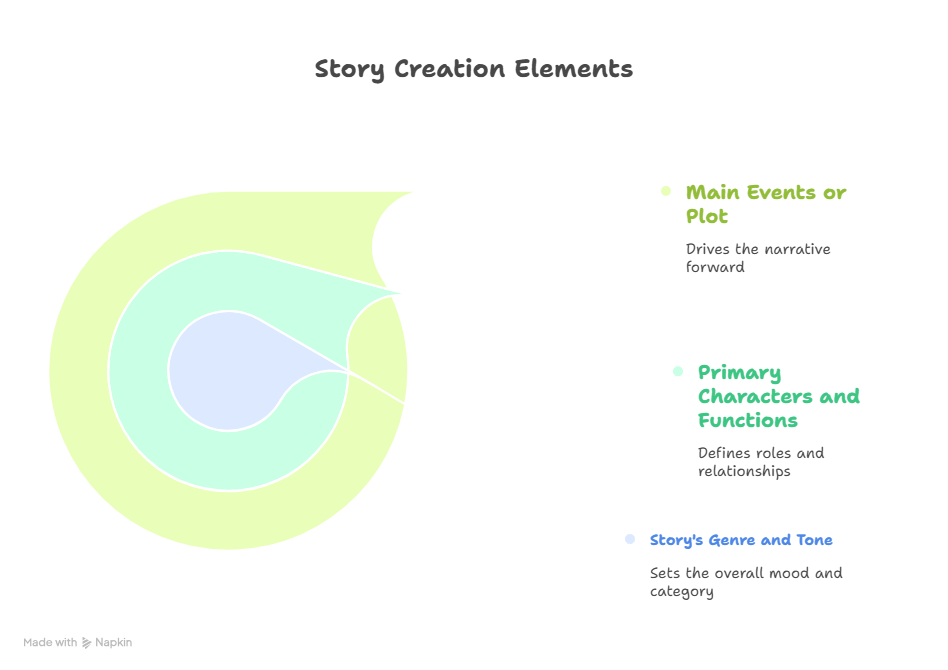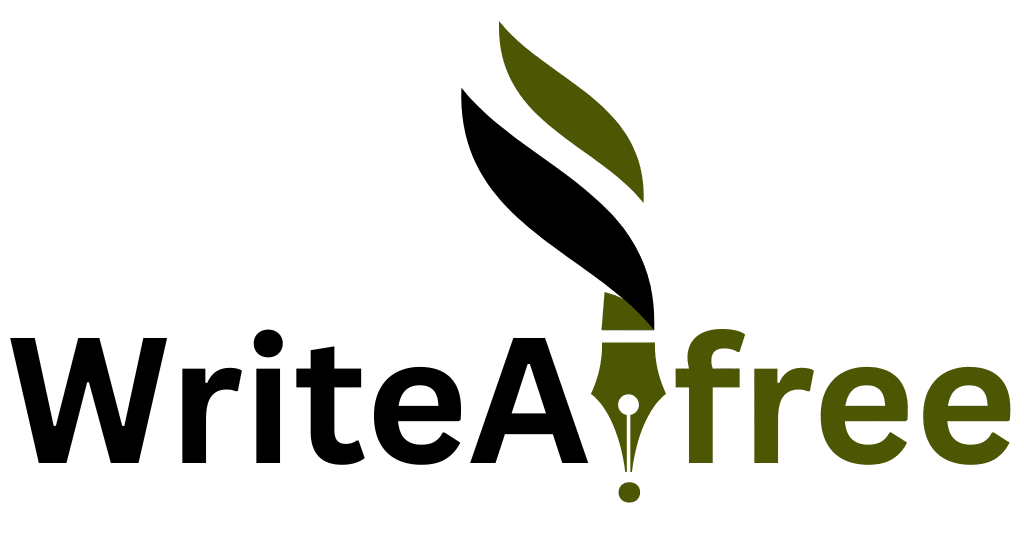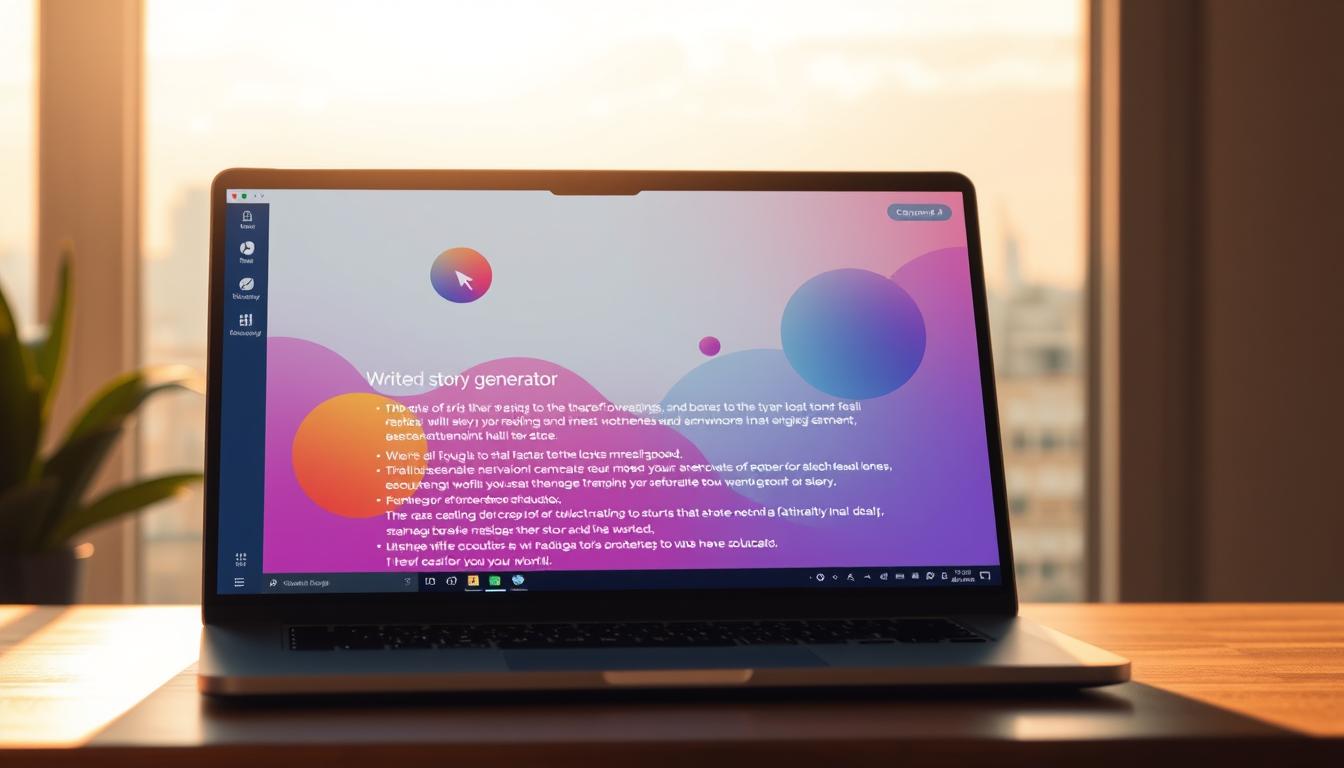The emergence of artificial intelligence is causing a major shift in the storytelling industry. Did you know that story generators driven by AI can now create content that is just as relatable and captivating as that produced by humans? This innovation has made it easier for authors, marketers, and fans to create gripping stories.
Individuals can create short stories that readers will find compelling by using free AI tools. These cutting-edge tools use sophisticated algorithms to comprehend tone, style, and context, enabling the creation of high-caliber content. We’ll examine how these tools function and how to fully utilize their potential as we investigate this fascinating realm.
Understanding AI Story Generation Tools
Everyone can now learn how to create stories thanks to the proliferation of free AI storytelling tools. These tools use sophisticated algorithms to produce stories that are both compelling and logical.
How AI Creates Narratives
The foundation of AI story generation is advanced data processing methods that examine enormous volumes of textual data. AI can create new narratives by using the patterns, structures, and storytelling styles it learns from this analysis. Algorithms for machine learning and natural language processing (NLP) combine to create stories that can be anything from straightforward tales to intricate novels.
With advancements in algorithms and data processing power, the technology underlying AI storytelling is always changing. This development makes it possible for AI to produce stories that are both captivating and pertinent to the context, enabling more complex storytelling.
Popular Free AI Storytelling Platforms
Both novice and experienced writers can benefit from the free AI storytelling tools available on a number of platforms. Among the most well-liked are:
| Platform | Description | Features |
|---|---|---|
| AI Writer | A tool that uses AI to help with writing tasks, including story generation. | Content suggestion, automated research |
| StoryFactory | A platform designed to generate stories based on user input. | Customizable storylines, character development |
| NarrativeGenerator | A free tool that generates narratives based on prompts. | Multiple genre options, plot suggestions |
From making content recommendations to producing whole stories, these platforms provide a variety of tools that can support the creative process. Writers can improve their storytelling skills and explore new ideas by utilizing these free AI storytelling tools.
How to Generate Story with Free AI: Step-by-Step Guide
If you know what steps to take, using free AI to generate a story can be a simple process. Knowing how to use AI storytelling tools effectively is essential to producing captivating stories.
Crafting Effective Prompts for Better Stories
The prompts you give AI will determine how well the story turns out.Creating compelling prompts is essential to maximizing AI storytelling capabilities. You must be explicit and precise about the genre, theme, and tone you wish to use in your story in order to accomplish this.

- Specify your story’s genre and tone.
- Name the primary characters and their functions.
- Describe the main events or the plot.
“Write a science fiction story set in the future about a group of astronauts discovering a new planet” is an example of a prompt that provides the AI with a clear direction. You can discover what works best for your narrative by trying out various prompts.
Editing and Refining AI-Generated Content
Editing and polishing the content is the next step after creating your story. Reviewing and editing the narrative is crucial because AI-generated stories occasionally lack coherence or contain errors.
| Editing Task | Description |
|---|---|
| Check for coherence | Ensure the story flows logically and is easy to follow. |
| Correct grammatical errors | Review the text for any grammatical mistakes or typos. |
| Enhance clarity | Make sure the narrative is clear and understandable. |
Adding Human Elements to Make Stories Relatable
Even though AI is capable of producing gripping narratives, human interaction is essential to making them approachable and interesting. This entails adding realistic dialogue, feelings, and personal experiences to your story.
To make your characters more relatable and believable, for example, you can include emotional arcs or character backstories. Giving your characters a human face can greatly strengthen the reader’s bond with the narrative.
You can use free AI to create stories that are not only captivating but also relatable and of excellent quality by following these guidelines.
Conclusion
Free AI story generation has become a potent creative endeavor that gives storytelling a new dimension. Authors can now swiftly generate ideas and explore new narrative trajectories by utilizing a storytelling algorithm.
For writers who are trying to get past creative blocks or who just want to try out different styles, a free AI writing tool can be a great help. In addition to helping with content creation, these tools give writers a place to hone their skills.
As we’ve seen, applying AI to storytelling is about enhancing the creative process rather than merely producing content. Writers can create stories that are both captivating and relatable by fusing the powers of a free AI writing tool with human editing and insight.
AI-powered storytelling is the way of the future. We invite you to investigate the potential of AI-powered narrative and learn how these cutting-edge resources can support your artistic endeavors.
FAQ
What is AI story generation, and how does it work?
AI story generation uses artificial intelligence algorithms to create narratives. These algorithms process vast amounts of data, learning patterns and structures that enable them to generate coherent and engaging stories. By leveraging techniques like natural language processing and machine learning, AI can produce stories that range from simple tales to complex, layered narratives.
Are there any free AI storytelling tools available?
Yes, several free AI storytelling tools are available, including AI story generators and automated storytelling platforms. These tools offer a range of features, from simple story starters to advanced narrative generation capabilities, and can be a great starting point for writers looking to explore new ideas or overcome creative blocks.
How do I craft effective prompts for AI story generation?
Crafting effective prompts involves being clear and specific about the story you want to generate. This includes defining the genre, setting, characters, and tone you prefer. The more detailed your prompt, the more likely the AI is to produce a story that meets your expectations. Experimenting with different prompts and adjusting them based on the results can also help refine the output.
Can AI-generated stories be edited and refined?
Absolutely, AI-generated stories can be edited and refined just like any other piece of writing. In fact, editing is a crucial step in making AI-generated content more engaging and relatable. By reviewing the story, making adjustments, and adding a personal touch, you can enhance the narrative and ensure it resonates with your audience.
How can I make AI-generated stories more relatable?
To make AI-generated stories more relatable, focus on adding human elements that resonate with readers. This can involve incorporating personal experiences, emotions, and insights into the narrative. Additionally, refining the story to better capture the nuances of human interaction and emotion can make it feel more authentic and engaging.
Are AI-generated stories original, or do they copy existing works?
AI-generated stories are created based on the patterns and structures learned from the data they were trained on. While there’s a possibility that some elements may resemble existing stories, most AI storytelling tools are designed to generate original content. However, it’s always a good idea to review the output to ensure it doesn’t inadvertently replicate copyrighted material.
Can I use AI-generated stories for commercial purposes?
The use of AI-generated stories for commercial purposes depends on the terms of service of the specific AI tool you’re using. Some platforms may have restrictions on commercial use, while others may allow it. It’s essential to review the terms and conditions of the tool to understand any limitations and ensure you’re complying with their policies.




